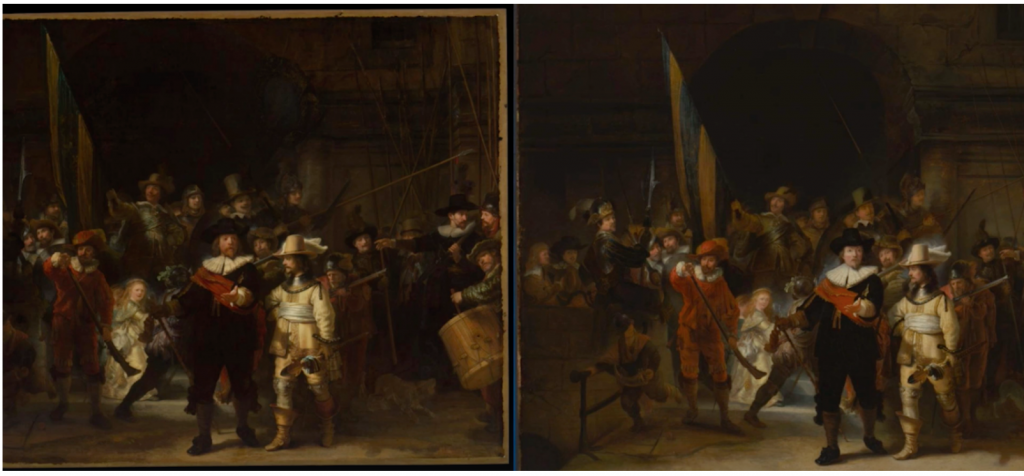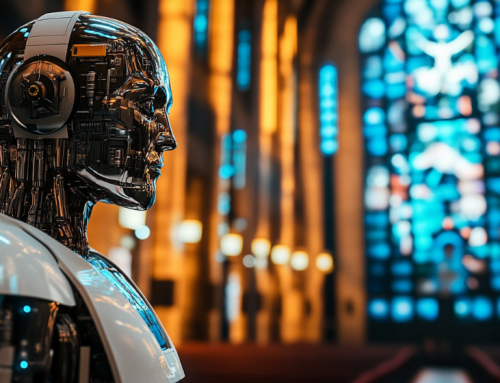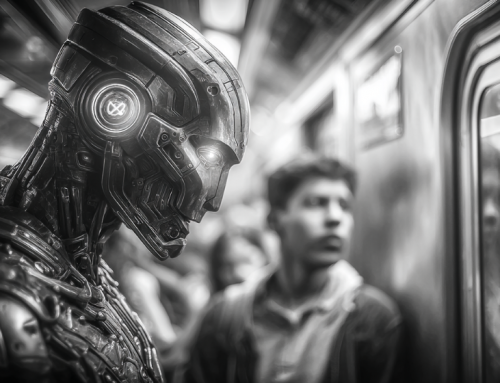
Gerrit Lundens’s reference copy of “The Night Watch” is far more detailed than the framed version that cut down Rembrandt’s original work. (Source: Rijksmuseum)
Rembrandt’s Secrets in Famous ‘Night Watch’ Painting Revealed with Algorithms
Imagine that you have a Rembrandt painting. Imagine you commissioned the artist himself to paint you and your compadres. Now imagine it’s too large for your office so you cut off a few inches on each side of the painting to fit your frame. Well, it may be a lot to try and imagine but it happened a few hundred years ago.
We found a fascinating tale by Purbita Saha at popsci.com that explains what happened to the painting and how a few algorithms put it back together with a few new highlights to the painting. Last week the Rijksmuseum in Amsterdam posted an AI-constructed, ultra-high-res image of “The Night Watch” by Rembrandt. The original piece is nearly 15 feet long and more than 12 feet high and has been under intensive restoration since the early 1900s.
As the story goes, in the 1600s Rembrandt was commissioned by the Amsterdam civic guard to create a sweeping oil painting for their headquarters. The Dutch portraitist constructed a scene with the city’s mayor and his lieutenant—plus 32 other characters, including a dressed-up young lass. The piece is thought to have been completed in 1642 and was moved to the town hall in 1715. Rembrandt was long dead at this point. Without his guidance, the new handlers decided to make a few “edits” to get the painting to their liking: They shaved off a few sections (and subjects) from each of the sides to fit and mount the canvas.
Fortunately, the forward-thinking mayor decided to have an artist draw the painting before it was ‘shaved’, so there was a reference to the original piece.
A form of AI known as neural networks to scale the missing elements from the copy to the original. Another set of algorithms helped them match Rembrandt’s signature light-and-shadow style as they “extended’ the piece back to its full form.
This was a two-year project that turned up several unseen secrets in the huge painting. They swept over the completed painting with a 100-megapixel HD camera, producing 8,439 photos that were then computerized, color-corrected, and stitched together by more algorithms. The laser-sharpened result, shared on the Rijksmuseum website, lets viewers zoom into every .0005-millimeter square at fine resolution. At 717,000,000,000 pixels and 5.6 terabytes, the institution says it’s the largest digital image of an art piece ever.
With AI finding and perfecting certain aspects of classical artists, the art world is being given a whole new face and a whole new direction for some art lovers to join in with. You will see more and more secrets revealed about how the masters made their masterpieces with the help of art-loving algorithms and the people who create them.
read more at popsci.com







Leave A Comment